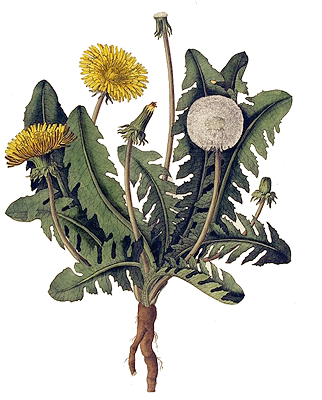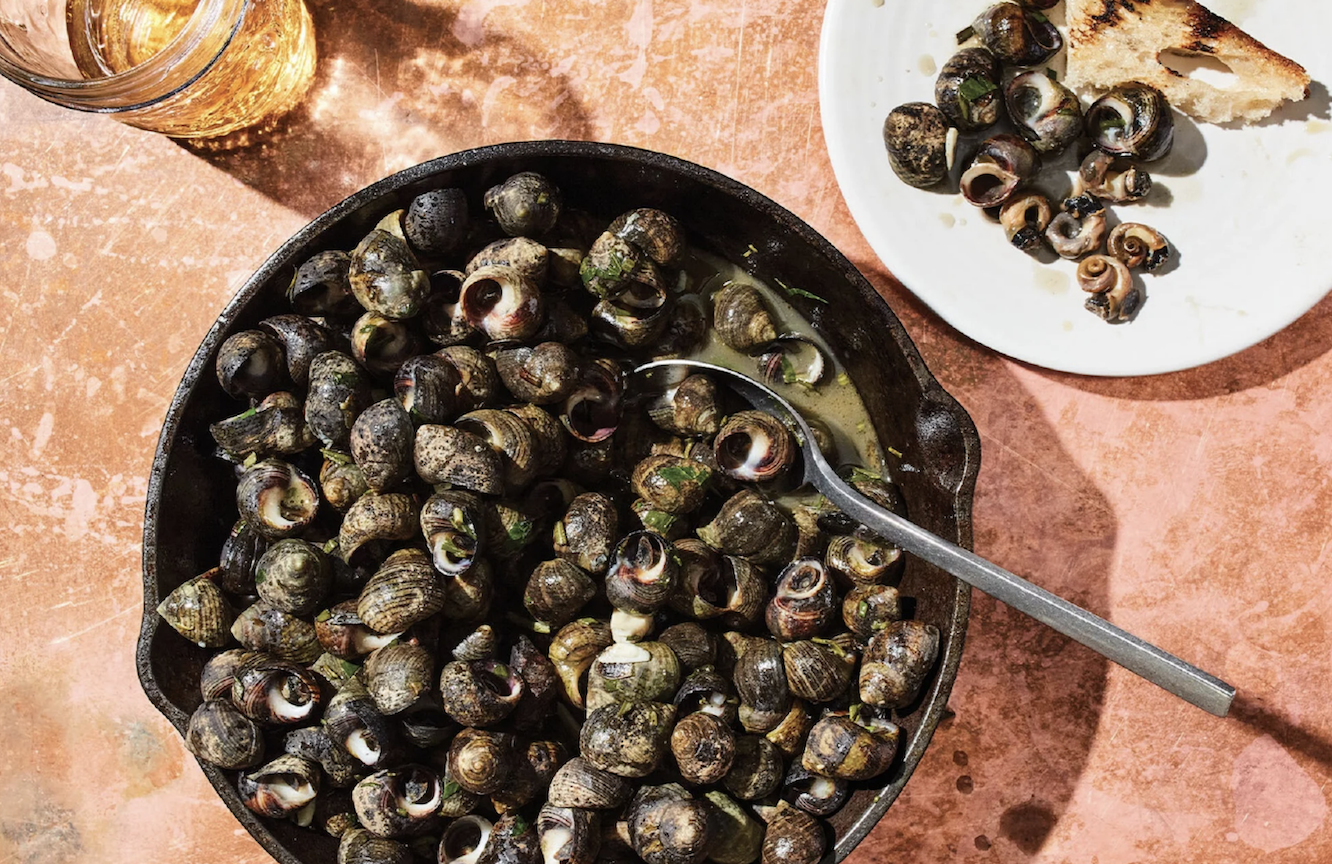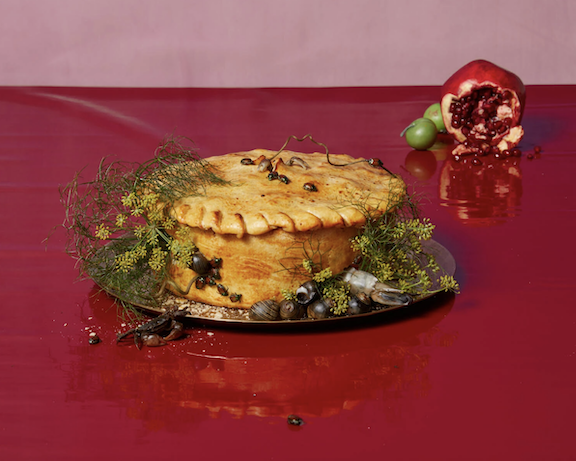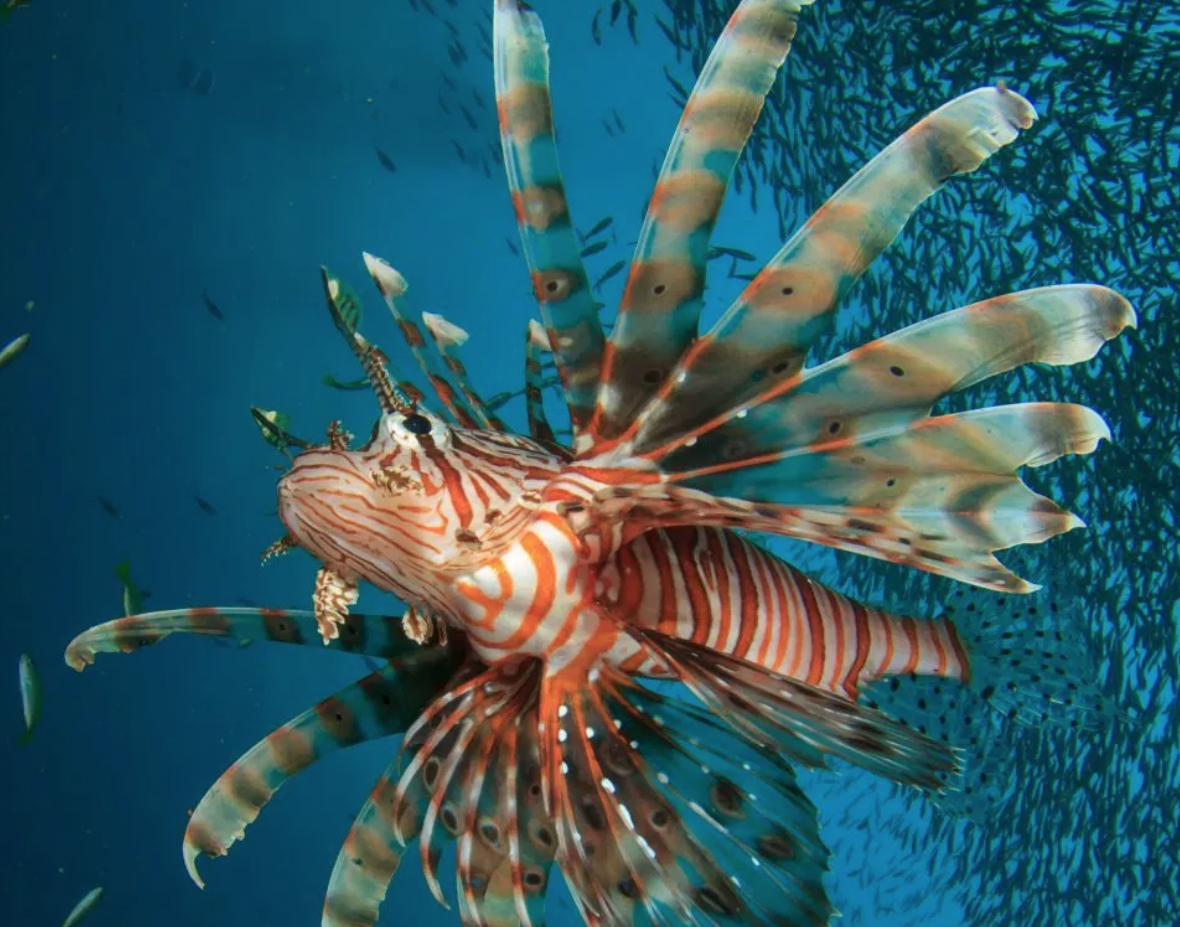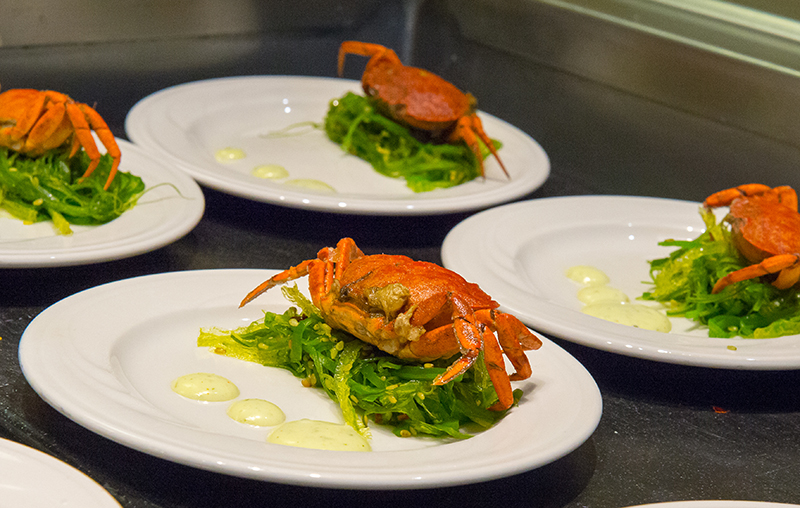
How do invasive species enter North America? We bring them in. Our ancestors.The early colonists, brought pigs, which they let range free, and seeds to plant as crops. Others just hitched a ride: on their shoes, in fodder, on animals, on boat hulls, and stowed among ballast cobbles. Our tax dollars at work. Since the […]
